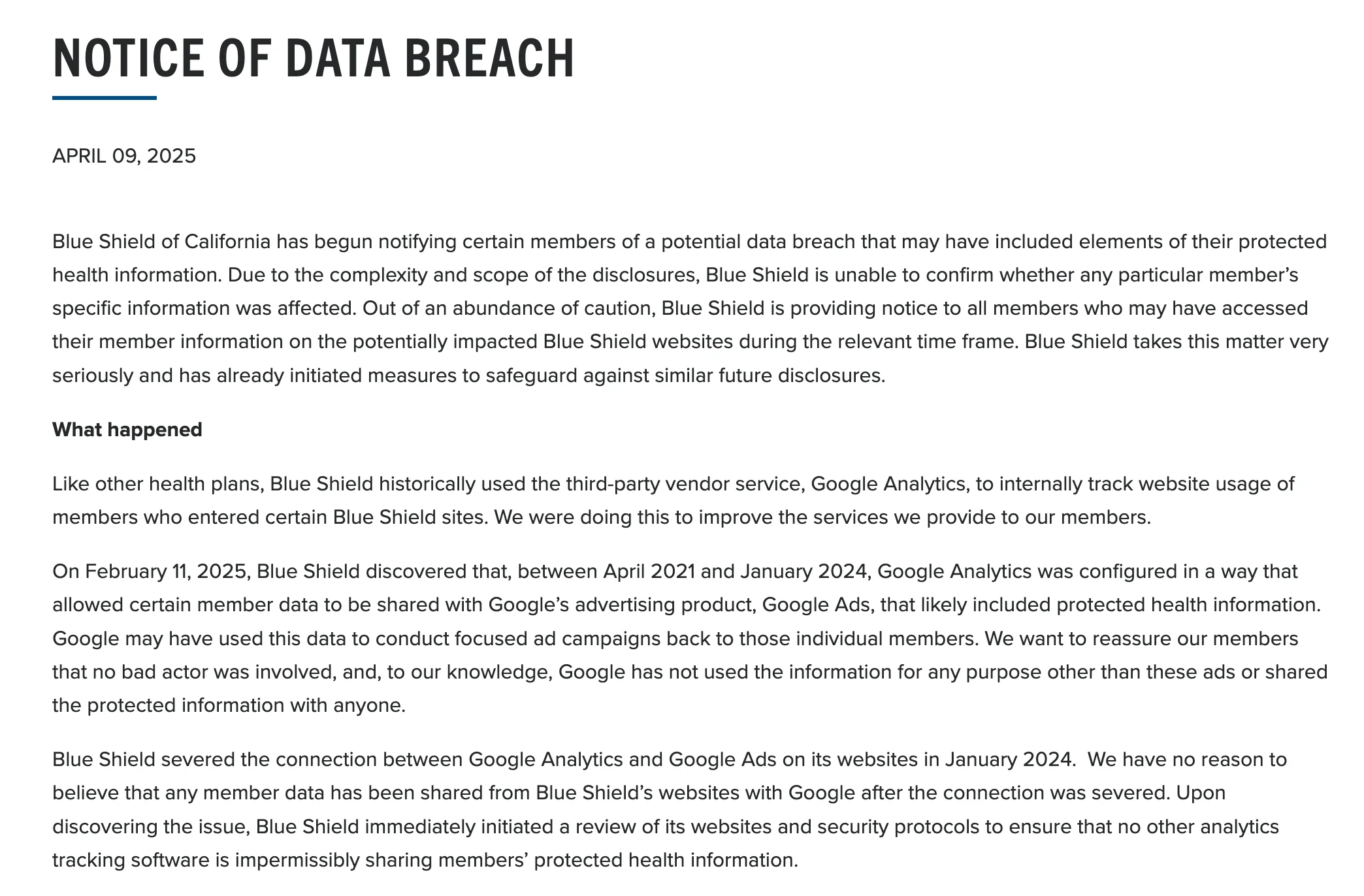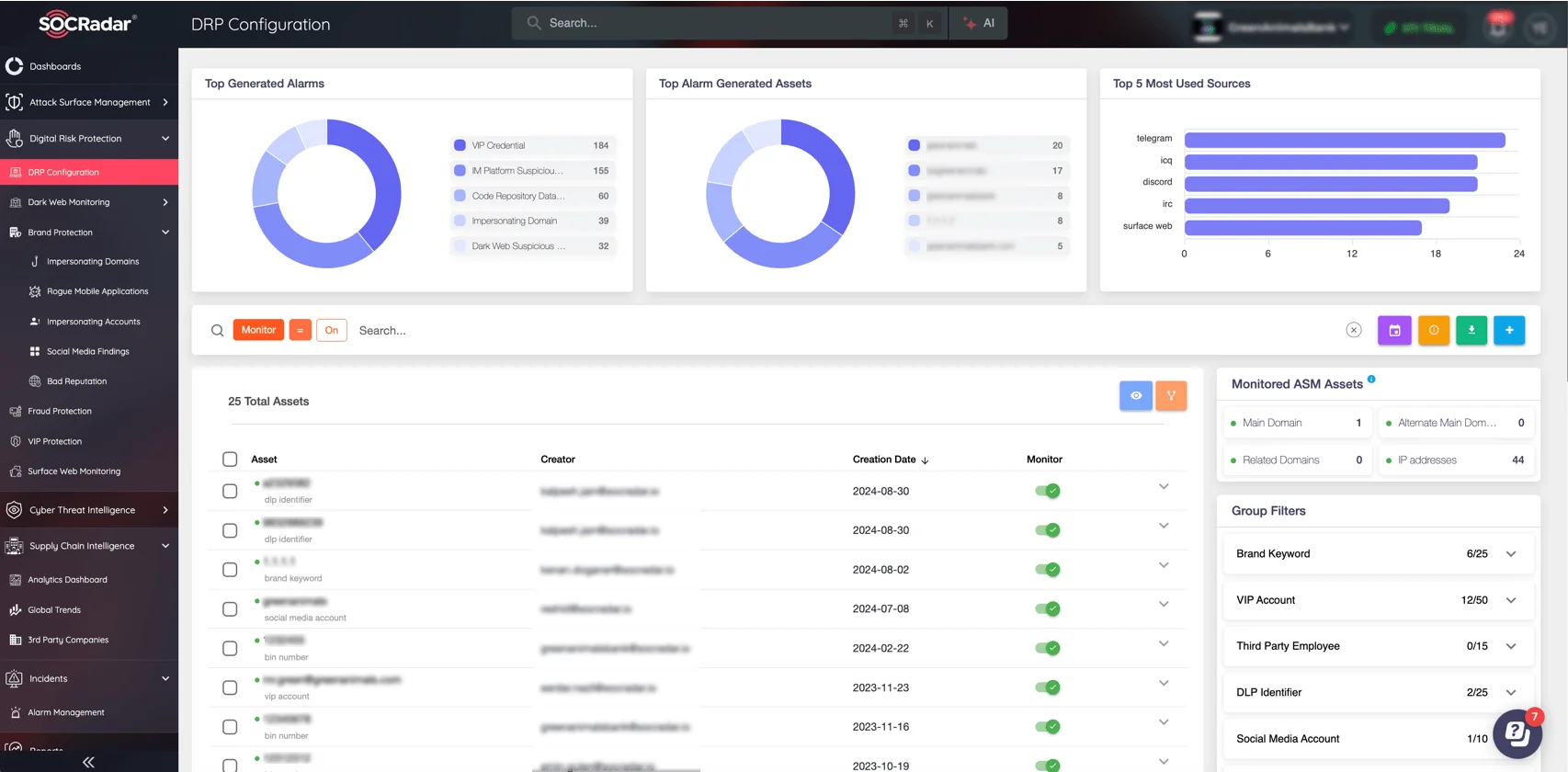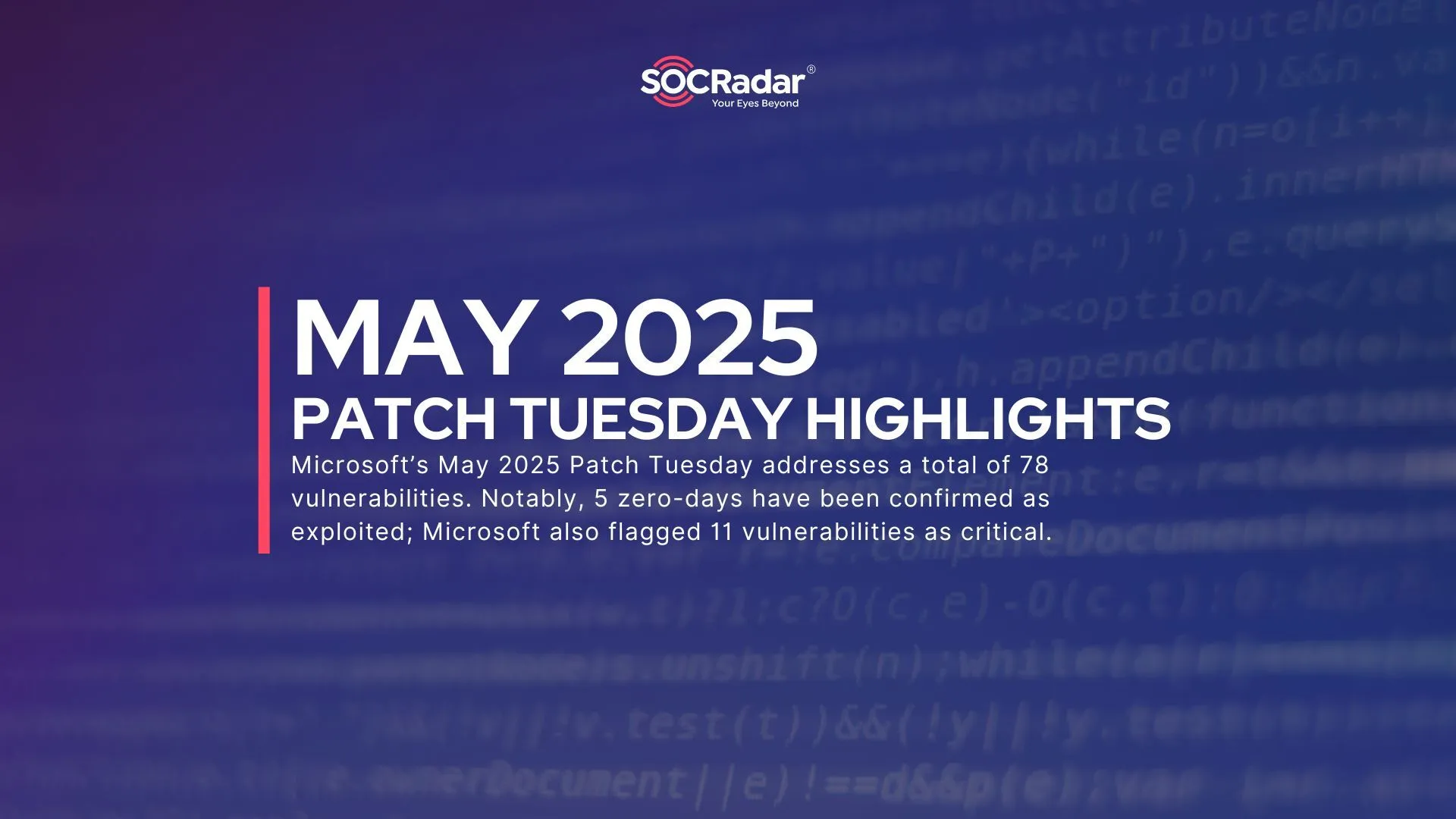
Blue Shield’s Google Analytics Error Exposes 4.7 Million Health Records
A recent data breach at Blue Shield of California has exposed sensitive health information of nearly 4.7 million individuals, highlighting significant risks in digital data management within the healthcare sector. The breach represents a significant portion of Blue Shield’s membership base, estimated at around 6 million individuals.
What Happened?
Blue Shield of California, a nonprofit health plan that provides coverage to individuals and families across the state, revealed a data exposure event that persisted undetected for nearly three years – from April 2021 to January 2024. The root cause? A misconfigured implementation of Google Analytics on several of its websites. This technical oversight inadvertently enabled the transmission of sensitive user data to Google Ads, potentially allowing for targeted advertising based on personal health information.
The breach was uncovered in February 2025, prompting immediate corrective action. Blue Shield disconnected the analytics tool from the advertising platform and initiated a broader review of its digital security protocols.
Notice of data breach by Blue Shield of California. Read the full notice here. Additionally, the breach report from the Department of Health and Human Services can be accessed here.
The breach was not the result of a cyberattack, but of a misconfiguration – an all-too-common risk in today’s complex digital ecosystems. Google Analytics, widely used for tracking user interactions and improving website functionality, was set up in a way that allowed certain PHI to flow into Google’s advertising platform.
According to Blue Shield, there is no evidence that the data was accessed by malicious third parties or used beyond advertising purposes by Google. However, the possibility that even non-malicious exposure can lead to privacy violations or misuse is enough to spark alarm.
What Information Was Compromised?
The data potentially shared with Google included:
- Names and insurance plan details
- Medical service dates and provider information
- Geographic data (city and zip code)
- Gender and family size
- Online account identifiers assigned by Blue Shield
- Search inputs and results from the “Find a Doctor” tool
While financial details and government-issued identification numbers were not part of the exposure, the depth of the data shared still raises serious privacy concerns. The compromised information, categorized as Protected Health Information (PHI), is especially sensitive under HIPAA regulations.
The Broader Implications for Healthcare Providers
This incident places a spotlight on a growing dilemma in healthcare: the tension between digital innovation and data privacy. As healthcare organizations increasingly adopt web technologies to enhance patient engagement and streamline operations, the margin for error narrows significantly.
The Blue Shield breach is the largest healthcare-related data breach reported in 2025 so far, and it follows on the heels of a similar situation involving Kaiser Permanente, which affected over 13 million members. These cases serve as stark reminders of the potential pitfalls when sensitive healthcare data intersects with commercial analytics tools.
Member Impact and Recommended Actions
Blue Shield has issued public notices about the breach and is in the process of informing affected individuals. However, the insurer has not offered credit monitoring or identity theft protection services at this time. Affected members are encouraged to closely monitor health insurance and financial statements, be alert to any irregular activities, and contact their healthcare provider or financial institution at the first sign of suspicious activity.
These developments also highlight the importance of stronger governance over digital tools in healthcare. To prevent similar incidents, organizations need to implement:
- Strong auditing of third-party technologies integrated with healthcare platforms
- Clear policies on data sharing and user consent
- Transparent communication with users about how their data is being utilized
SOCRadar also provides powerful solutions to mitigate the risk of such data exposure incidents. With the Digital Risk Protection module, you can effectively monitor and manage the risks associated with third-party services and digital tools, ensuring that vulnerabilities, including misconfigurations, are quickly identified and mitigated.
Additionally, SOCRadar’s Attack Surface Management (ASM) continuously assesses your digital footprint, providing real-time visibility into exposed assets and vulnerabilities. By implementing ASM, organizations can proactively monitor external-facing systems, prevent misconfigurations, and reduce the risk of data leaks.






































